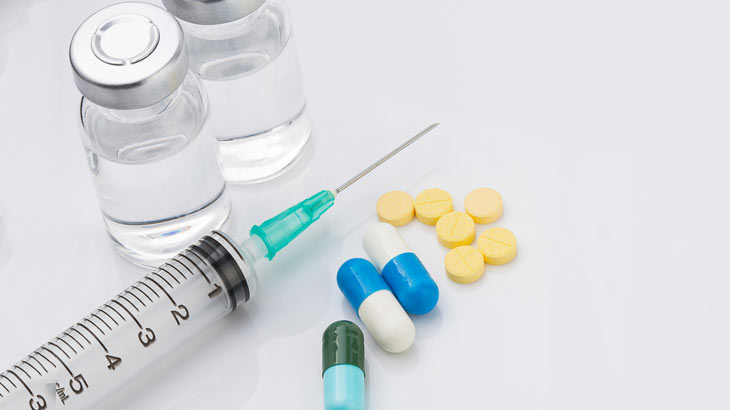Ovarian stimulation is a key process in assisted reproductive technologies like in vitro fertilization (IVF) and intrauterine insemination (IUI). Its purpose is to encourage the ovaries to produce multiple mature eggs in one cycle, increasing the chances of successful fertilization. Here’s an overview of how ovarian stimulation works, the methods and medications used, and what patients can expect during this process.
Purpose of Ovarian Stimulation
In a natural menstrual cycle, a woman’s body typically releases only one mature egg. However, with fertility treatments such as IVF or IUI, producing multiple eggs can significantly increase the chances of fertilization and implantation. By stimulating the ovaries to produce several eggs, doctors can retrieve more options for fertilization, providing a better likelihood of a viable embryo that can lead to pregnancy. This approach is particularly helpful for women with fertility challenges, as it improves the probability of a successful outcome.
Process and Medications Used
Ovarian stimulation usually begins at the start of a woman’s menstrual cycle. Doctors prescribe a tailored regimen of hormonal medications designed to promote the development of multiple follicles, each of which may contain a mature egg. Some commonly used drugs include:
Gonadotropins (FSH and LH): These hormones, similar to the body’s natural follicle-stimulating hormone (FSH) and luteinizing hormone (LH), encourage the growth and maturation of ovarian follicles.
GnRH Agonists and Antagonists: These medications prevent premature ovulation by regulating the body’s natural hormone levels. By controlling the timing of ovulation, doctors can retrieve eggs at their peak maturity.
hCG Trigger Shot: Once the follicles have reached the desired size, an injection of human chorionic gonadotropin (hCG) is given to trigger the final maturation of the eggs, making them ready for retrieval.
The stimulation process is closely monitored through regular blood tests and ultrasounds, allowing doctors to track follicle growth and hormone levels. This ensures that the eggs are developing optimally and helps prevent overstimulation, a condition known as ovarian hyperstimulation syndrome (OHSS), which can cause discomfort and other health risks.
Monitoring and Egg Retrieval
Throughout ovarian stimulation, patients undergo ultrasounds and hormone level checks to monitor follicle growth and estradiol (estrogen) levels. Once the follicles have reached an appropriate size, typically around 18-20 mm, the hCG trigger shot is administered. About 34-36 hours after the trigger shot, egg retrieval is scheduled. This procedure is usually performed under sedation, where a needle is used to aspirate the eggs from the follicles. The retrieved eggs are then used for either immediate fertilization in the case of IVF or insemination in IUI.
Risks and Considerations
While ovarian stimulation is a widely practiced and generally safe procedure, there are some risks. Ovarian hyperstimulation syndrome (OHSS) can occur when the ovaries respond too strongly to stimulation, leading to symptoms like bloating, abdominal pain, and in severe cases, fluid accumulation and blood clots. Additionally, some patients may experience mood swings, headaches, and injection site reactions due to the hormonal medications. Despite these risks, doctors monitor patients closely to minimize side effects and make adjustments as needed.
Success Rates and Outlook
Ovarian stimulation has proven effective in enhancing the success rates of IVF and IUI by allowing more eggs to be retrieved, thereby increasing the chances of fertilization and embryo viability. However, each patient’s response to ovarian stimulation can vary depending on factors such as age, ovarian reserve, and specific fertility challenges.
